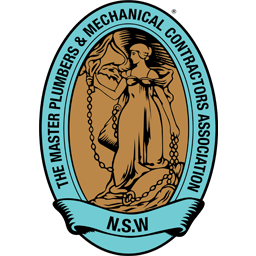If you’re renovating, building, or repairing your home’s plumbing system, understanding your pipe types is key. This guide breaks down the most common types of plumbing pipes used in Australian homes, explaining their pros, cons, and best uses in plain language. Whether you’re dealing with a leaky tap, planning a bathroom upgrade, or curious about your home’s infrastructure, we’ll help you navigate the choices.
In this guide:
- Copper Pipes: The Durable Classic (But Pricey)
- PVC & CPVC Pipes: Budget-Friendly Workhorses
- PEX Pipes: The Flexible Modern Choice
- Steel & Cast Iron Pipes: Heavy-Duty Solutions for Specific Needs
- Special Cases: HDPE, Polypropylene & Standards
- Costs & Australian Standards Breakdown
- Maintenance Must-Knows
- When to Call a Pro
- The Smart Choice in 2025
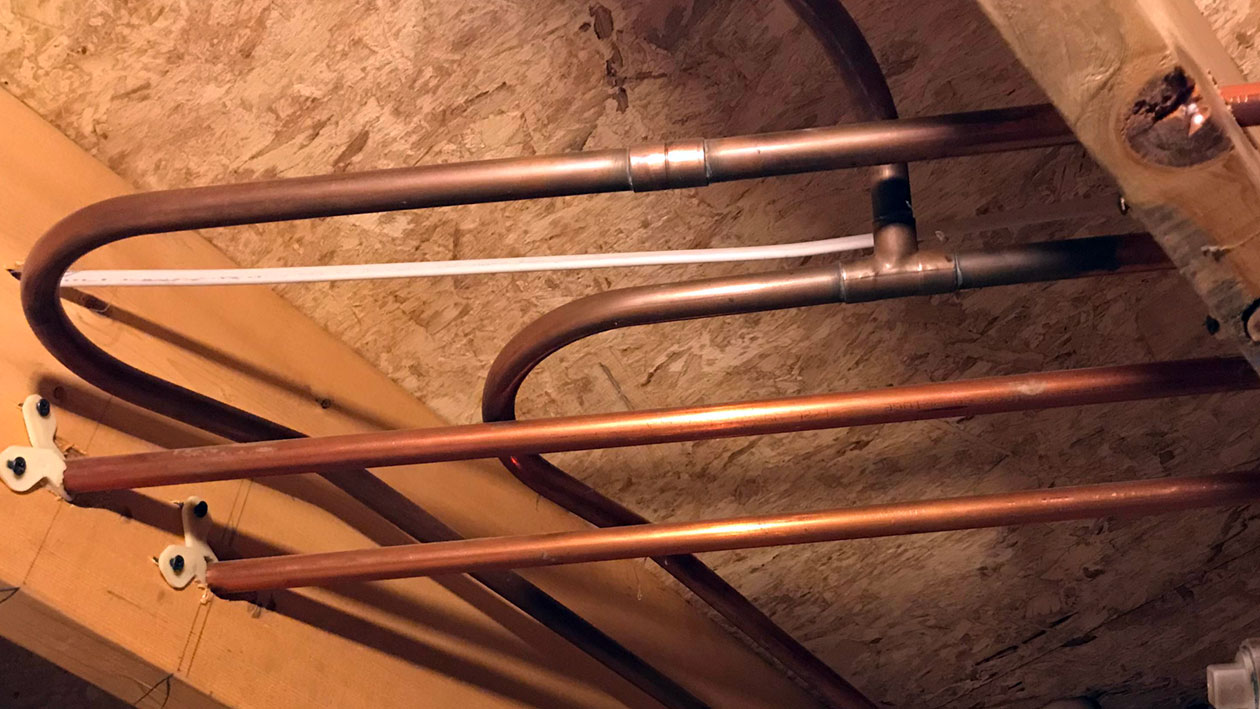
Copper Pipes: The Durable Classic (But Pricey)
Copper pipes (AS/NZS 1571 compliant) have been Australia’s gold standard since the 1960s. They last 50+ years and handle hot water up to 93°C without warping. Their natural antimicrobial properties keep drinking water safe, critical for kitchens and bathrooms. However, they cost $15–$25 per metre (3× pricier than PEX) and require skilled soldering.
Key Stats:
- Heat tolerance: 93°C (perfect for hot water systems)
- Pressure rating: 33,000 psi (handles multi-story homes)
- Common sizes: 15mm (standard household), 20mm (main supply)
Best for: Hot water lines, heritage homes, or areas needing fire-resistant materials (non-combustible).
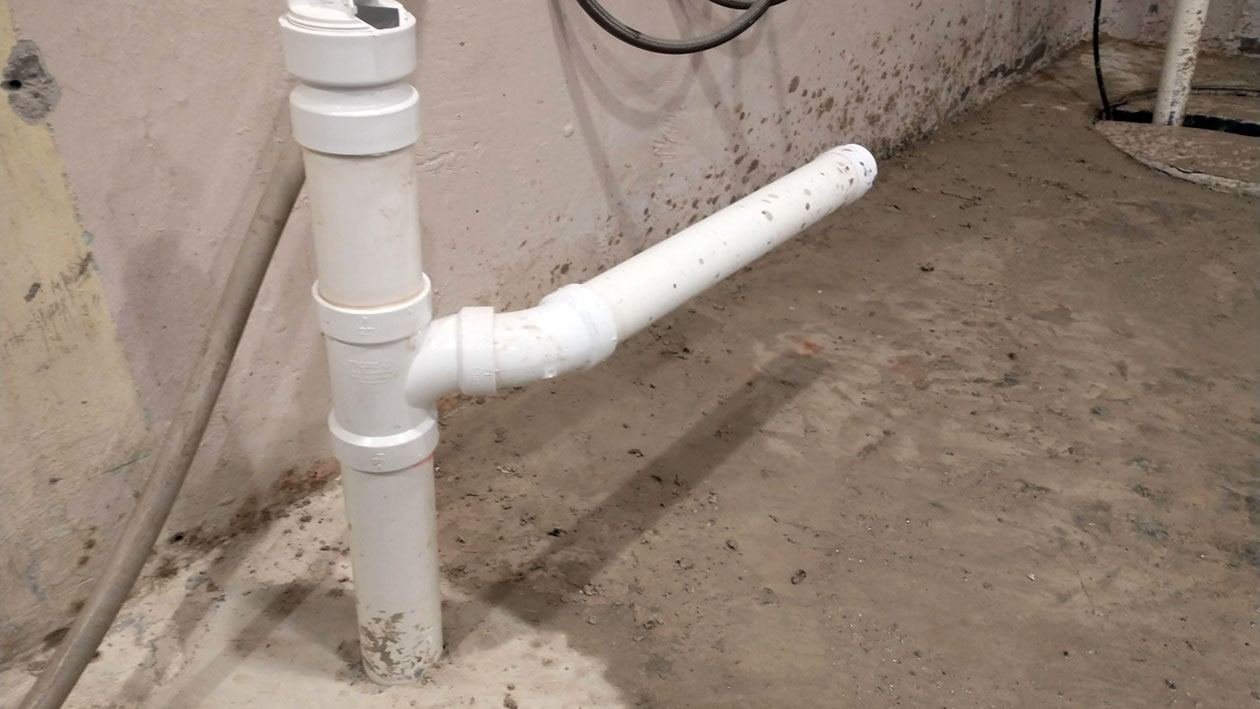
PVC & CPVC Pipes: Budget-Friendly Workhorses
PVC – Cold Water & Drains
PVC (AS/NZS 1477 compliant) makes up 40% of Australia’s drainage systems. It’s lightweight, rust-proof, and handles cold water (0–60°C). Use it for:
- Sink/shower drains (smooth interior prevents clogs)
- Stormwater systems (UV-resistant grades last 25+ years outdoors)
- Irrigation (cheap at $4–$6/metre)
Limitation: Avoid hot water—it softens above 60°C.
CPVC – Hot Water Alternative
CPVC (AS/NZS 3518 certified) handles 90°C water and resists acidic/alkaline water better than copper. It’s ideal for:
- Hot water lines (saves 30% vs. copper)
- Homes with bore water (resists corrosion from minerals)
| Feature | PVC | CPVC |
|---|---|---|
| Max Temp | 60°C | 90°C |
| Pressure | 12.5 bar | 16 bar (Schedule 80 grade) |
| Cost | $4–$6/m | $8–$10/m |
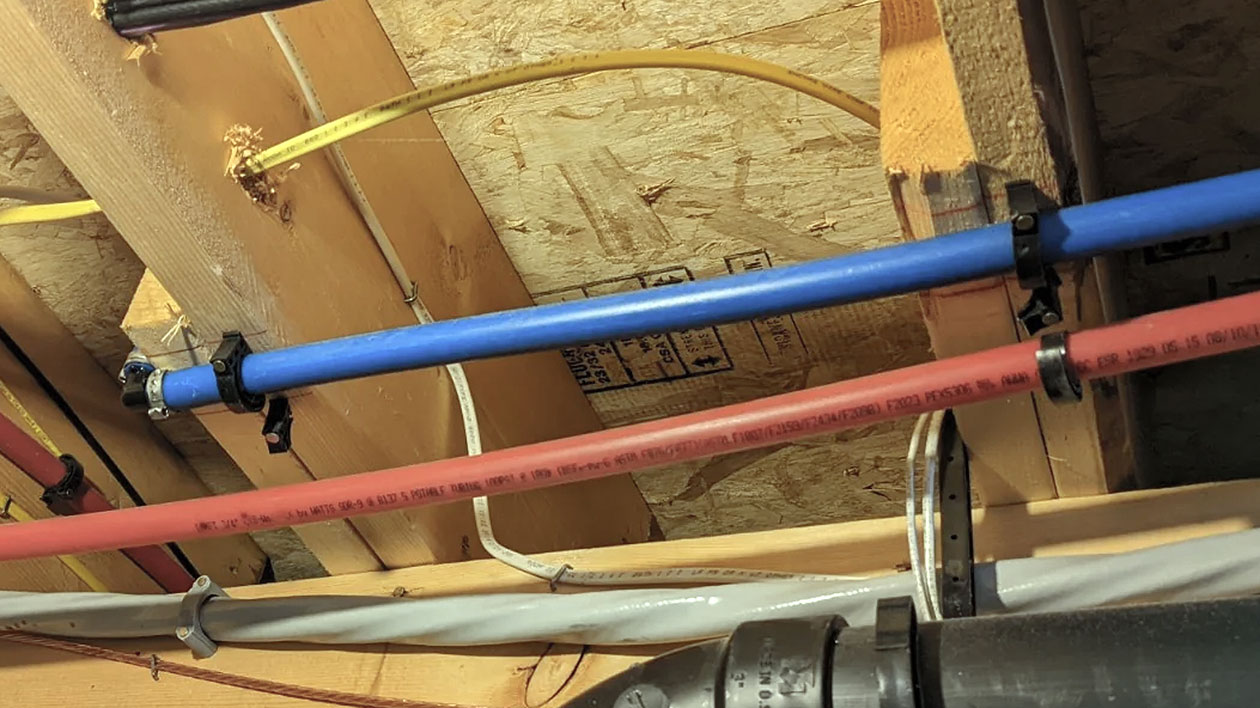
PEX Pipes: The Flexible Modern Choice
Cross-linked polyethylene (PEX) now dominates 60% of new Australian homes (AS/NZS 4020 certified). Key perks:
- Freeze-resistant: Survives -40°C (great for alpine regions)
- Flexible: Bends around corners (5× diameter bend radius)
- Quiet: Reduces “water hammer” noise by 70% vs. copper
Colour coding: Red (hot), blue (cold) lines simplify DIY repairs.
The Water Services Association of Australia forecasts a 15% annual growth in PEX adoption through 2030, paralleling net-zero construction mandates. Meanwhile, CSIRO’s nano-clay modified PVC prototypes promise 50% weight reduction and enhanced thermal stability, potentially revolutionising the drainage sector by 2027.
Technical Notes:
- Max temp: 82°C (use brass fittings for hot water)
- Lifespan: 40–50 years if shielded from UV/sunlight
- Cost: $3–$5/m (labour 75% cheaper than copper)
Watch out: Rodents may chew exposed PEX, wrap pipes in metal sleeves in roof spaces.
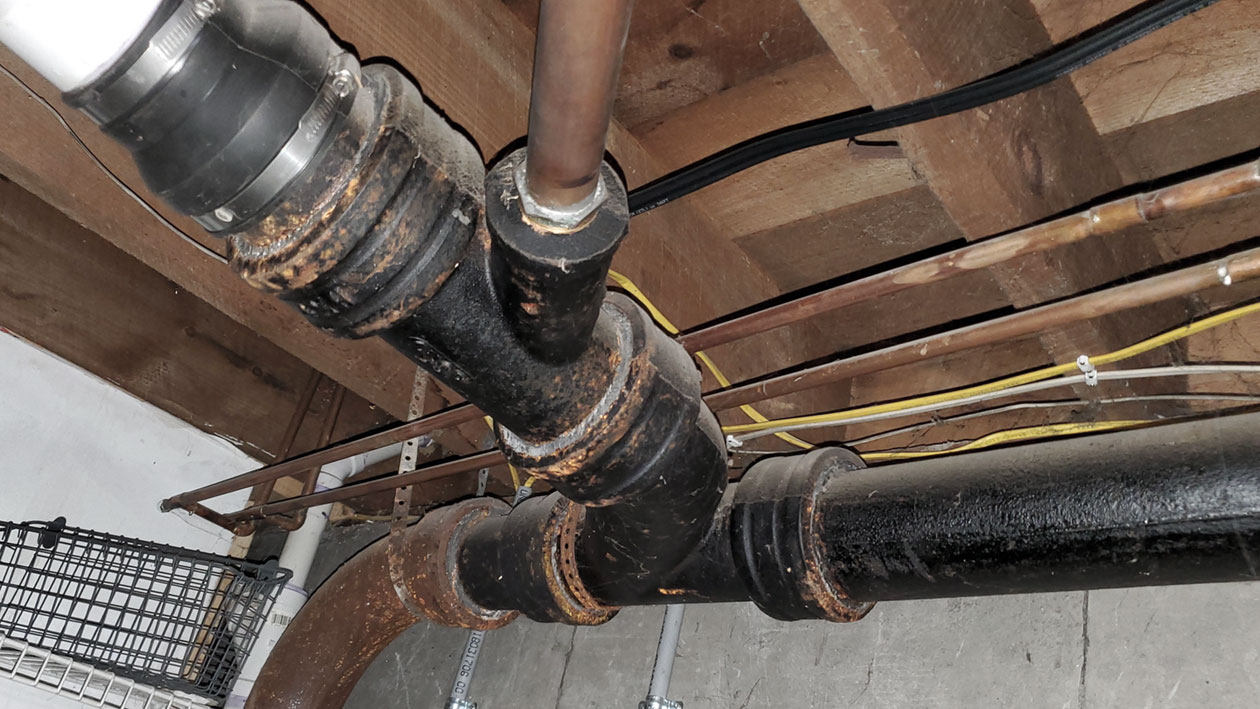
Steel & Cast Iron Pipes: Heavy-Duty Solutions for Specific Needs
Steel Pipes – Built for Water Mains and Tough Jobs
Steel pipes (AS/NZS 2280 compliant) are Australia’s backbone for underground water mains and large-scale projects. While less common in modern homes, they’re essential for:
- Street-to-house connections (60–150mm diameters)
- Fire protection systems (red-coated “fire pipes” rated for 2,400 kPa pressure)
- Coastal areas (epoxy-coated steel resists saltwater corrosion)
Key Stats:
- Pressure rating: 8 MPa (handles heavy soil loads)
- Lifespan: 50–80 years with proper coatings
- Cost: $7–$15/m (fusion-welded joints add 20% labour cost)
Modern twist: Galvanized steel (AS/NZS 4680) is still used for non-drinking water like garden taps but is banned in new drinking systems due to rust risks.
Cast Iron – The Old Relic (Handle With Care)
Once standard in pre-1980s homes (AS/NZS 3500.1 compliant), cast iron pipes are:
- Durable: 80–100-year lifespan if maintained
- Quiet: 50% better noise reduction than PVC
- Fireproof: Non-combustible (still used in apartment stacks)
But they’re prone to:
- Corrosion: 1–2mm/year wall loss in acidic soils which can cause brown water
- Cracks: 40% fail by age 50 due to ground movement
- Lead risks: Older joints used lead seals (pre-1970s)
Where you’ll find them:
- Sewer mains (200mm+ diameters in older suburbs)
- Stormwater systems under heritage homes
| Feature | Steel Pipes | Cast Iron Pipes |
|---|---|---|
| Used For | Water mains, fire systems | Old sewer/stormwater lines |
| Corrosion | Coated versions last 50+ yrs | Average 1.5mm/year loss |
| Repairs | Welding required | Full section replacement |
| Noise | Can “water hammer” | Ultra-quiet |
| Cost to Replace | $150–$300/m (digging) | $350–$500/m (heritage areas) |
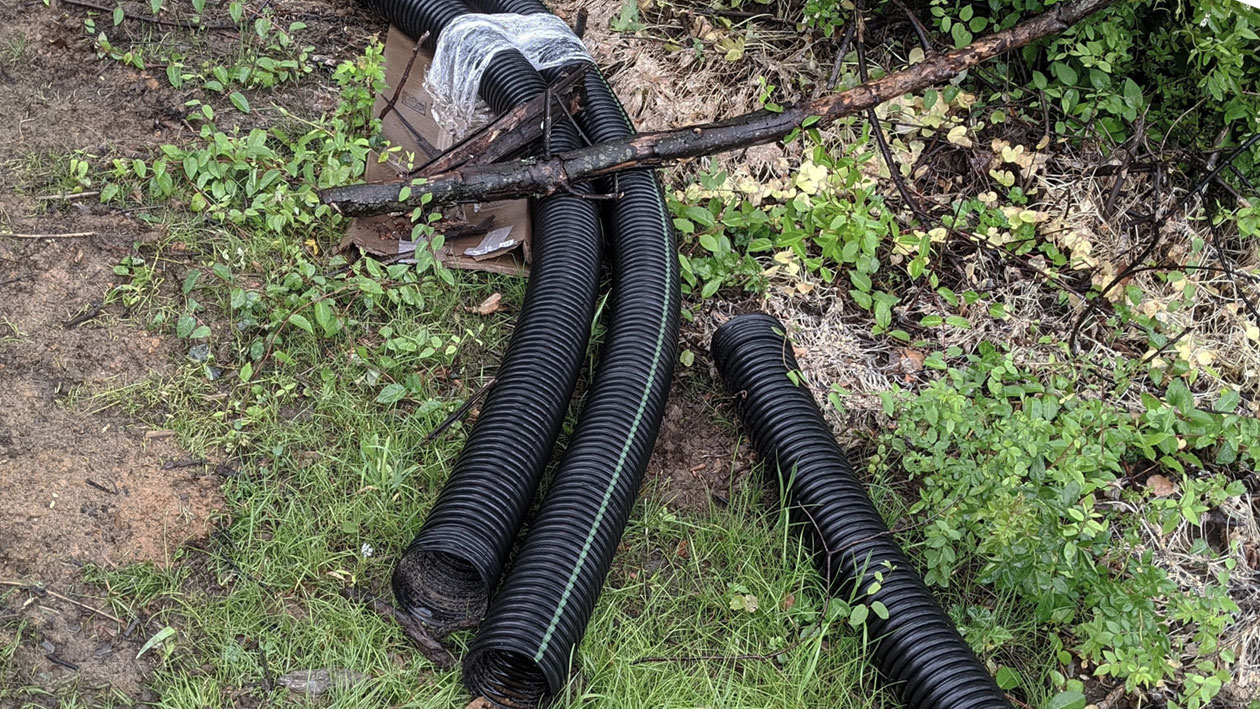
Special Cases: HDPE, Polypropylene & Standards
HDPE for Underground Mains
High-density polyethylene (AS/NZS 4130) is used for street-to-house supply lines:
- Pressure rating: 8 MPa (handles heavy soil loads)
- Lifespan: 50+ years underground
- Cost: $7–$9/m (fusion-welded joints eliminate leaks)
Polypropylene for Eco-Homes
- Chemical-free: Safe for rainwater tanks (AS/NZS 4020 tested)
- Recyclable: 70% less waste than PVC
- Temp range: -20°C to 80°C
Costs & Australian Standards Breakdown
| Material | Avg. Cost/m | Key Standard | Use Case |
|---|---|---|---|
| Copper | $15–$25 | AS/NZS 1571 | Hot water, high-pressure |
| PEX | $3–$5 | AS/NZS 4020 | Indoor supply lines |
| CPVC | $8–$10 | AS/NZS 3518 | Hot water, acidic water |
| PVC | $4–$6 | AS/NZS 1477 | Drains, cold water |
Labour tip: PEX costs $2,000–$3,000 to install in a 3-bed home (vs. $6,000 for copper).
Maintenance Must-Knows
- Pipe Clearances (AS/NZS 3500):
- Keep cold water pipes 100mm away from underground electrical cables.
- Maintain 25mm gaps between pipes and walls to prevent condensation.
- Pipe sizing tables (AS/NZS 3500.1 Table A2) specify minimum diameters based on fixture units, ensuring flow rates ≥1.5 m/s to prevent sedimentation.
- Pressure Testing:
- All pressurized systems must undergo hydrostatic testing at 1.5x working pressure for 24 hours (AS/NZS 4020).
- CPVC fire sprinkler networks require additional UL listing and annual inspective for UV degradation, particularly in northern Australia’s high-insolation regions.
- Outdoor Pipes:
- Use UV-stabilised PVC (lasts 25+ years in sun).
- Insulate pipes in <5°C climates to prevent bursts.
When to Call a Pro
- Gas lines: Only licensed plumbers can install copper gas pipes (AS/NZS 5601).
- Backflow prevention: Required by law (AS/NZS 3500.1) for irrigation systems.
- Major retrofits: Changing pipe materials often requires council approval.
The Smart Choice in 2025
Navigating Australia’s plumbing options in 2025 requires balancing cost, durability, and compliance with evolving regulations. With material prices fluctuating and climate resilience becoming critical, homeowners need strategies that maximise value without compromising safety.
Whether you’re retrofitting a 1970s weatherboard or building a modern eco-home, these recommendations factor in material lifespans (40–70 years), installation costs (up to 75% savings with PEX), and sustainability priorities (e.g., recycled HDPE’s 60% lower carbon footprint).
- Hybrid Systems (Most Cost-Effective):
- PEX: 90% of indoor lines (cheap, flexible).
- Copper: Final 1m to hot water units (handles heat spikes).
- CPVC: Outdoor hot water (sun-resistant).
- Eco Option:
- Recycled HDPE (60% lower carbon footprint) for garden irrigation.
- Future-Proofing:
- Install 25mm PVC drains (AS/NZS 1477) to handle increased rainfall.
By mixing materials strategically and following Australian standards, you’ll get a system that’s affordable, durable, and leak-free for decades.
While copper remains reliable for critical hot water lines, modern plastics like PEX and CPVC offer cheaper, easier solutions for most households. Always hire a licensed plumber for installations involving gas or major retrofits, and check your local council’s rules (e.g., some areas ban PVC in drinking water systems). By matching the pipe material to your needs, you’ll ensure a leak-free home for decades.



